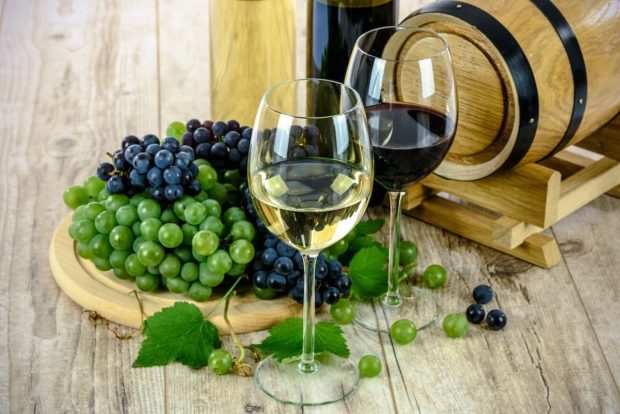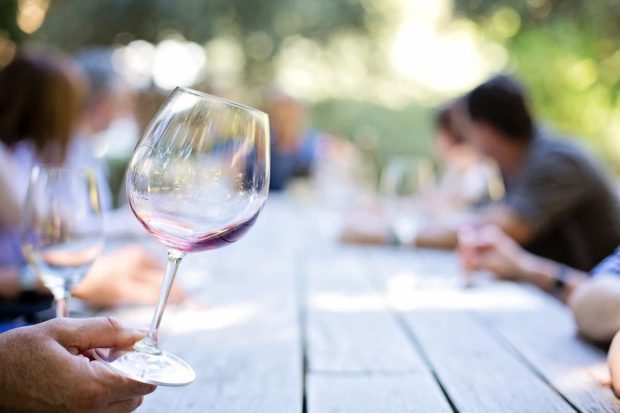Wine tasting might look like a glamorous job for those that love drinking wine, but it’s much more than that. Professional wine tasters must detect subtle flavors in a glass of wine and be trained to taste wine like a pro. It’s not as easy as you think.

Tasting wine for a living requires practice and training. If you love drinking wine, do it often and have visited lots of places to taste wine, why do not you take your hobby to the next level? With the right training, anyone can learn how to taste wine like a professional.
Here we show you the steps to taste wine like a professional:
See the Wine
One of the first steps in learning how to taste wine like a professional is to simply look at the wine with your eyes. It’s important to know what you’re looking at.
Take a moment to think about what you identify when you look at a glass of wine. What are some colors or shapes? What do you notice? This will help you to become more aware of the different flavors that may be present in the wine, and how they will affect your experience.
Swirl the Wine in Your Hand
You can tell how aerated the wine is just by moving it in your hand. If the wine is aerated and ready, you’ll notice how it “bubbles” when you move it around. The more bubbles, the more aerated the wine. The less bubbles, then, there will be less oxygen.
In simple terms, it is the process of introducing air into a liquid, which changes its characteristics. Aeration allows the wine to develop more complex flavors and aromas as it ages. All this can affect the taste of a wine.

Smell the Wine
While doing this is not technically tasting it, it’s very important for those who want to learn how to taste wine like a professional. Learning how to do this is simple if you spend some time taking in the scents of different types of wines.
You can easily distinguish between different types of grapes by using your nose and understanding what scents they naturally emit (or do not).
The aromas that come from grapes include: stone fruit, citrus fruits, floral notes, earthy notes, and nutty notes. These are all very important aspects when trying to detect certain flavors in a glass of wine.
Take a Sip and Taste it
It’s now time to get the wine to your mouth and taste it with your tongue. The best way to describe this step is to think of tasting like a blind person. You want to be able to tell what’s in the glass without actually looking at it. This is why you are not looking at it (unless you want to). Instead, you are tasting the wine with your tongues.
Savour Your Wine
This means letting the wine sit on your tongue and roll around for a few seconds before swallowing. This is where you’ll notice how it tastes and feels in your mouth, and how it works on your tongue. Don’t rush this step; take time to focus on the wine. If you do this properly, you’ll be able to tell if the wine has any off-flavors or bad notes.
If you are thinking of visiting some place to taste wine, La Rioja is a wonderful place for wine lovers.
With the above guidelines, you should now be able to taste wine and detect its flavors accurately. You should also recognise what makes the wine unique and understand the notes. This skill might come in handy in the future, so don’t stop practicing it.



